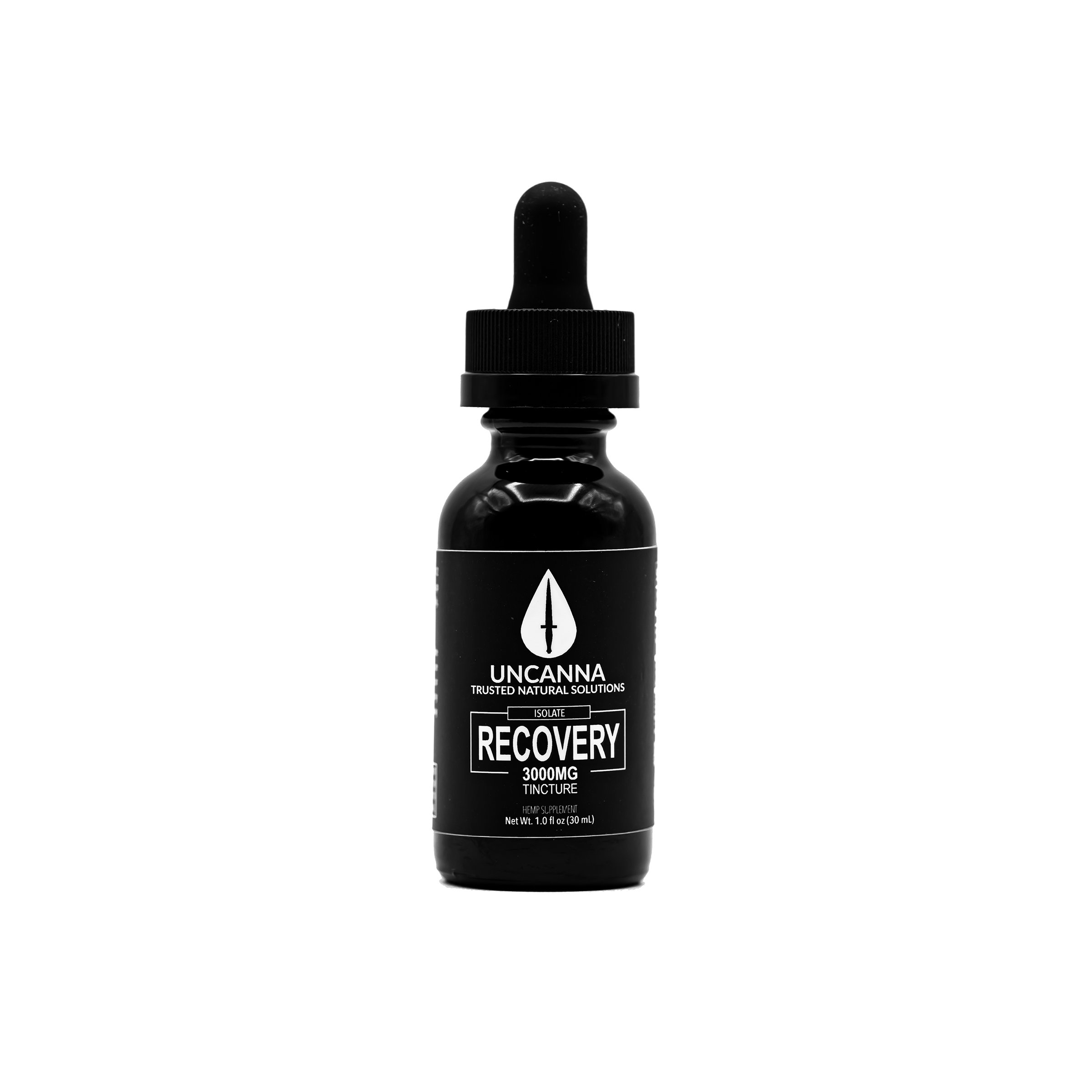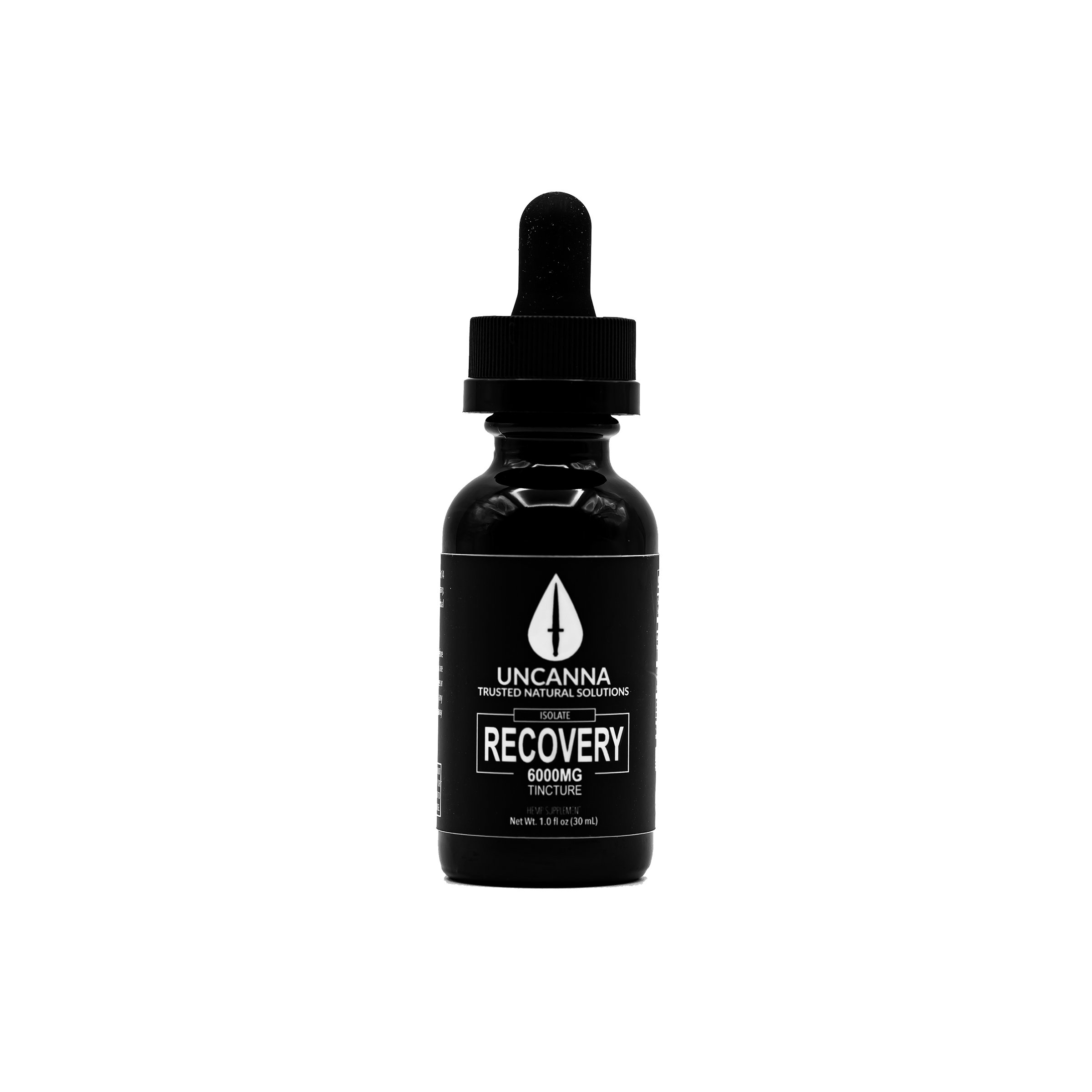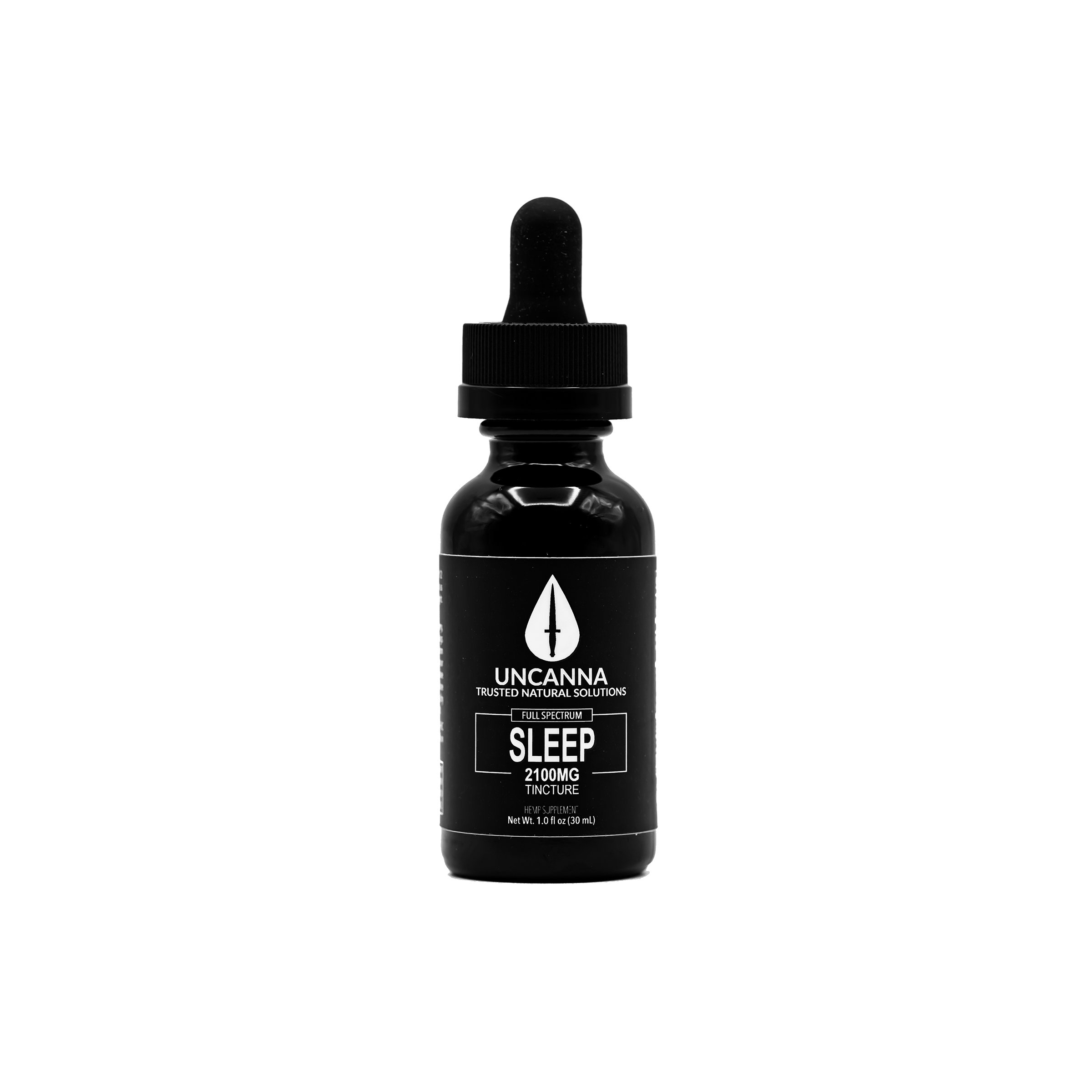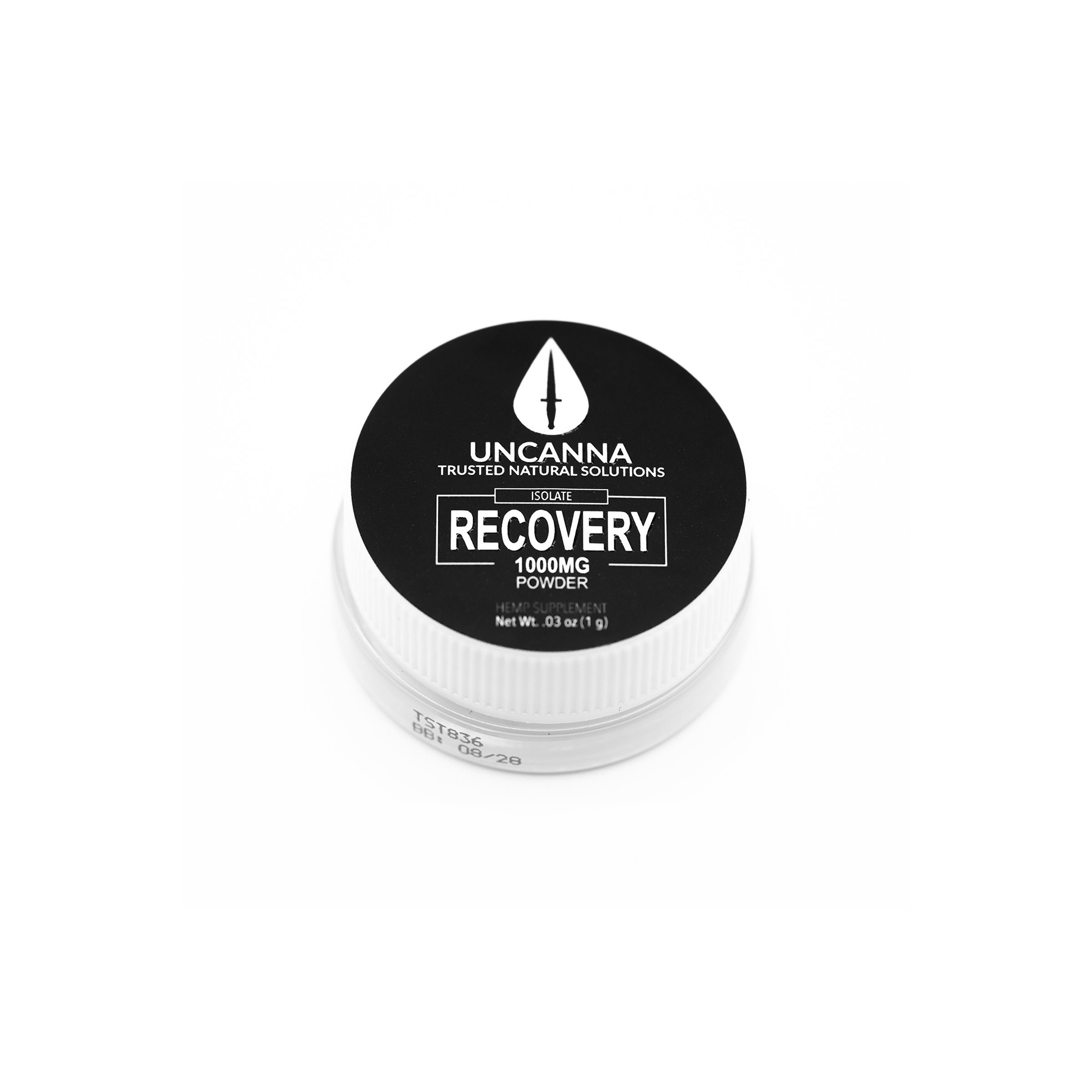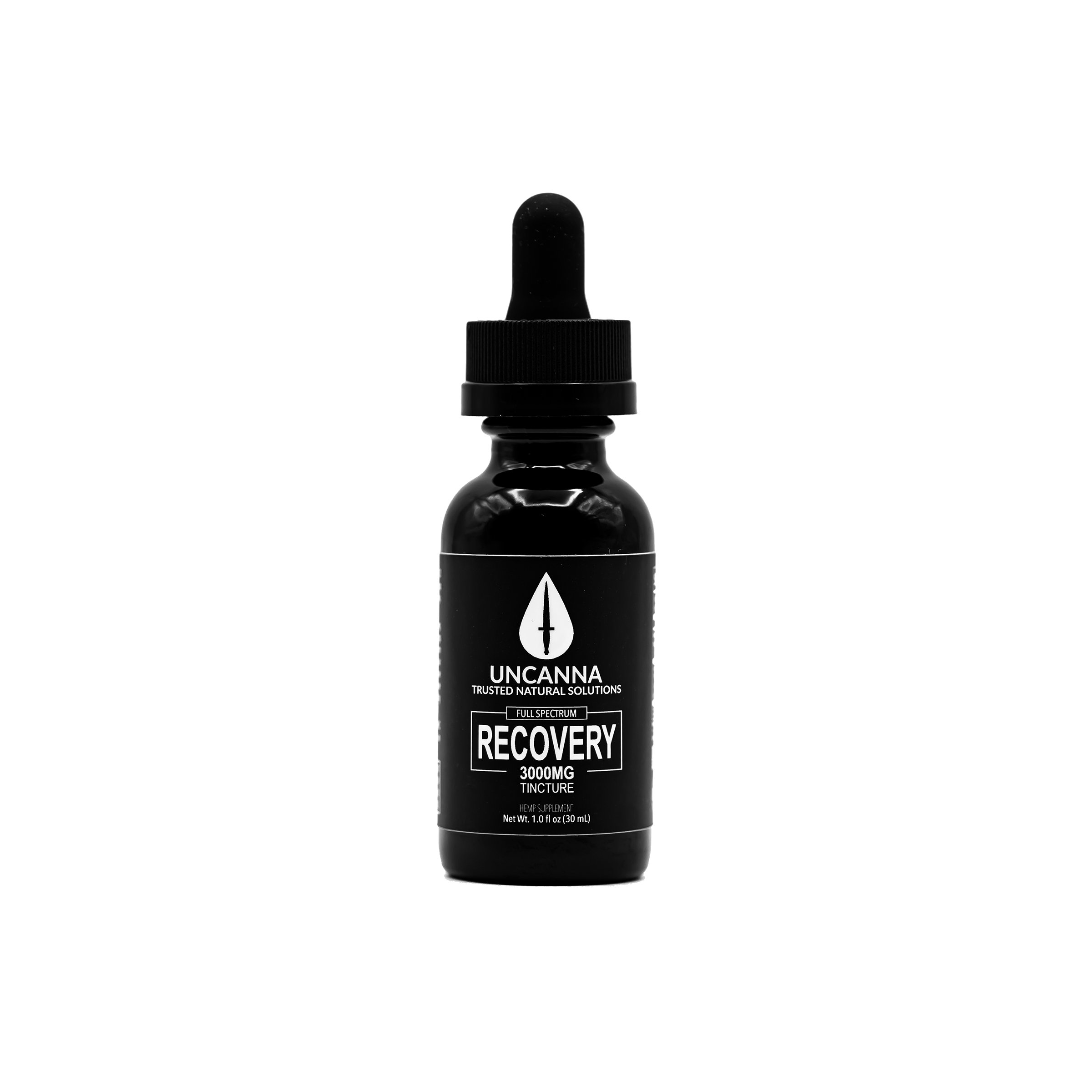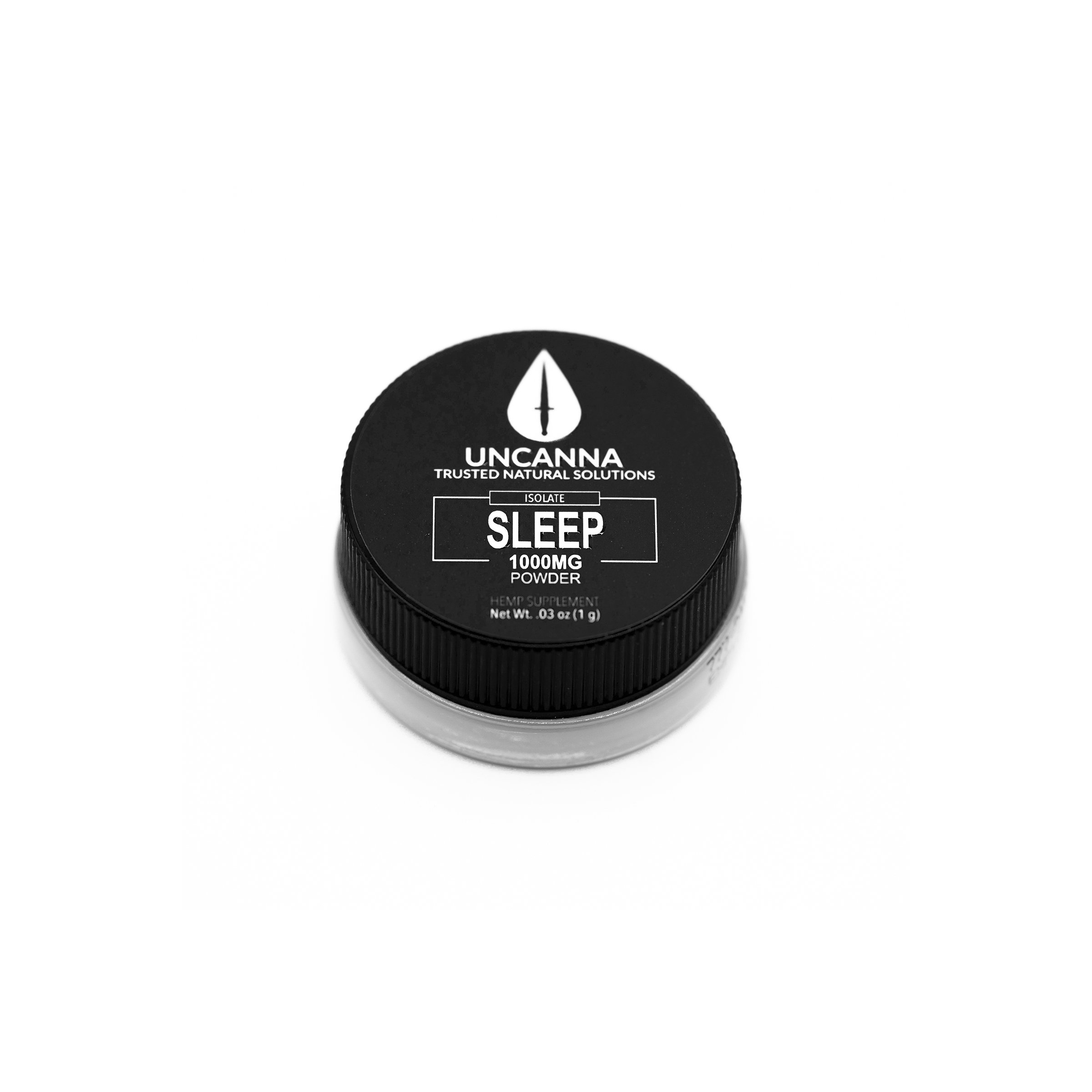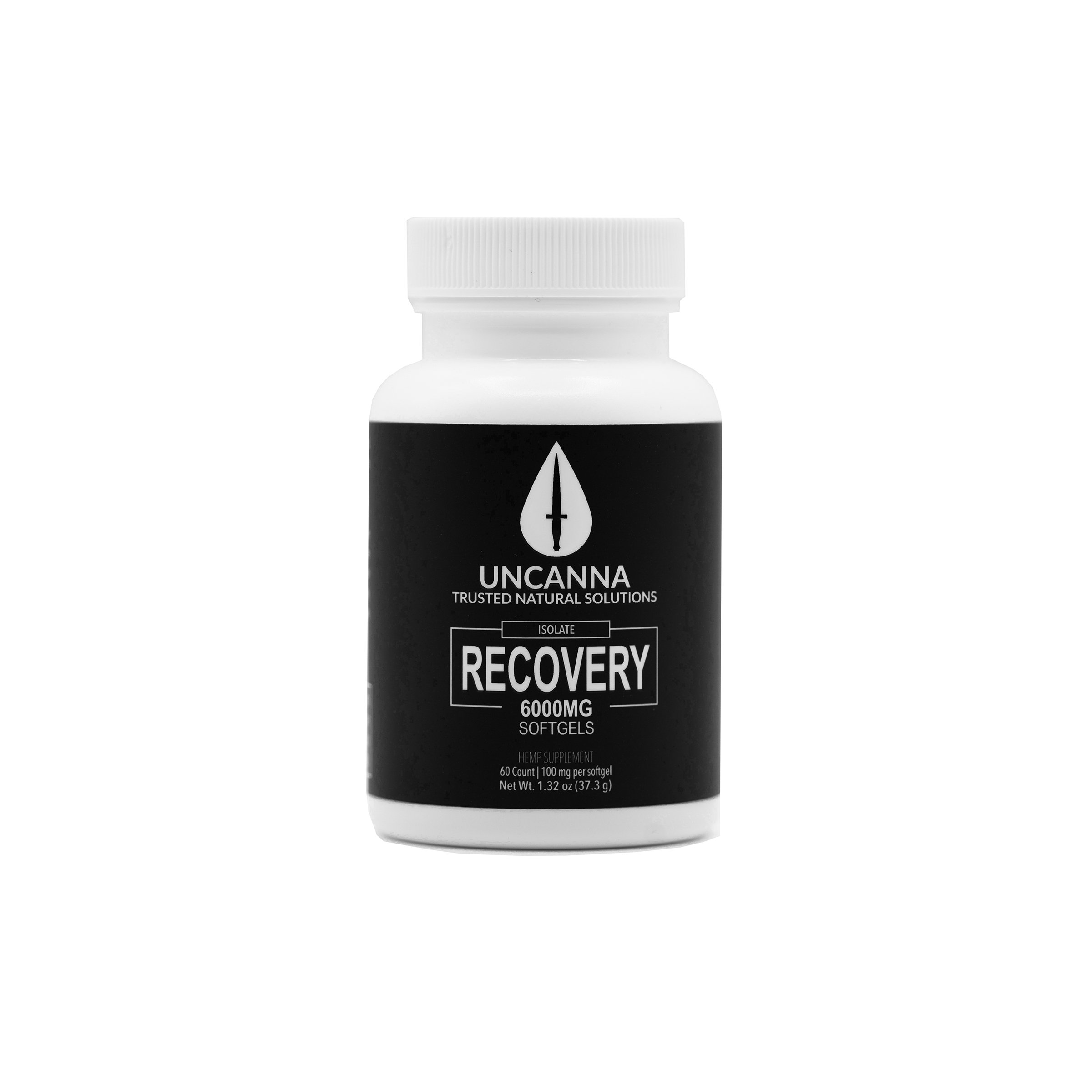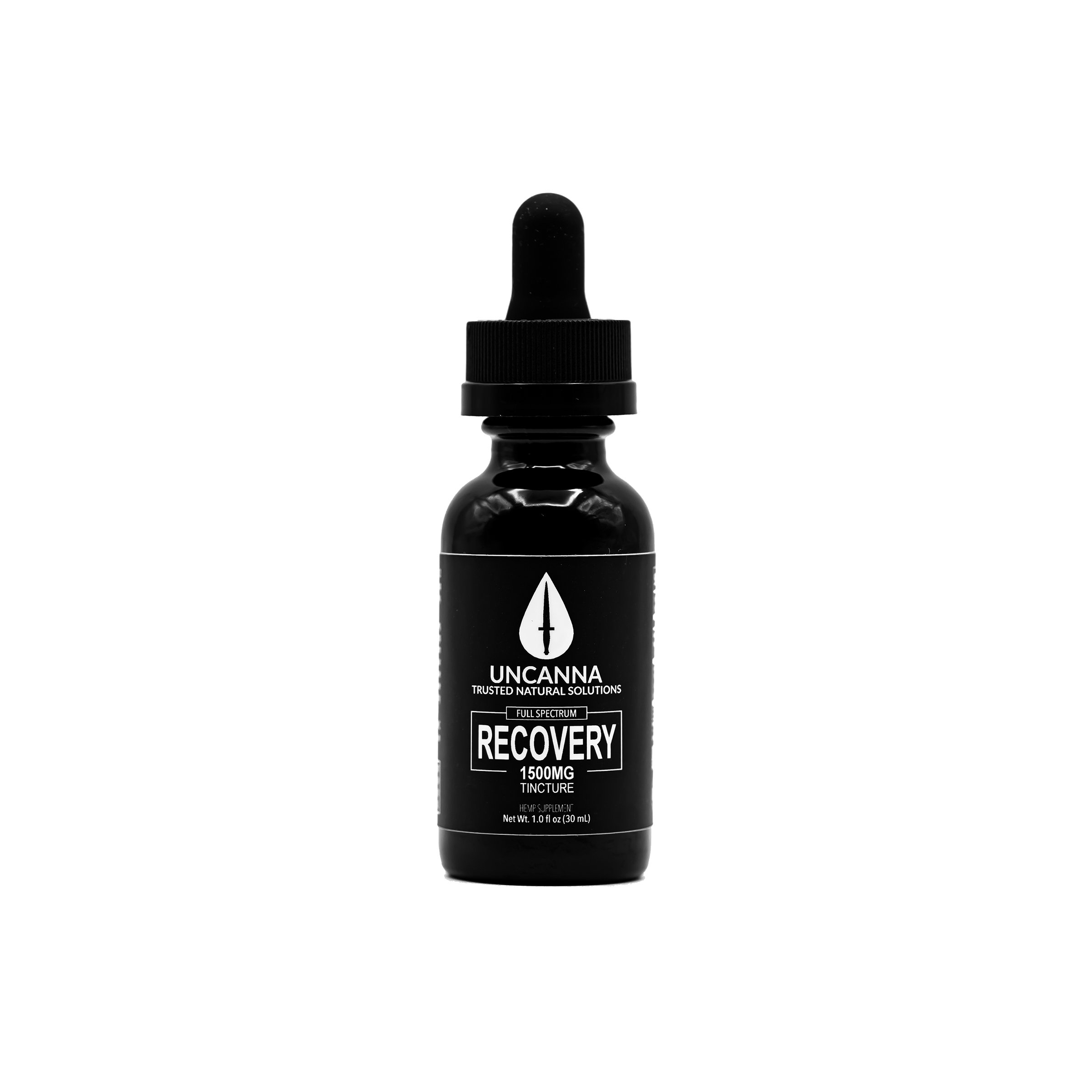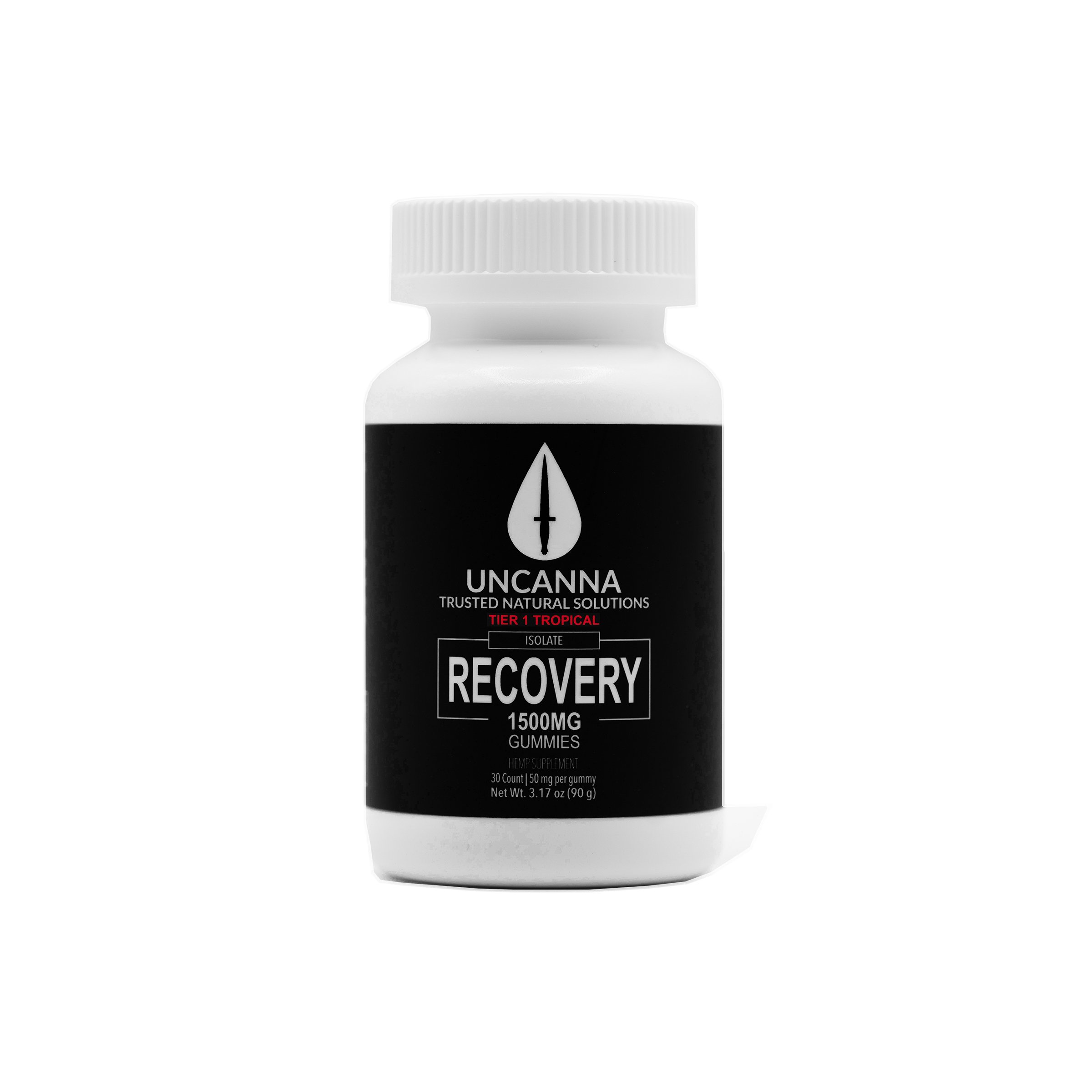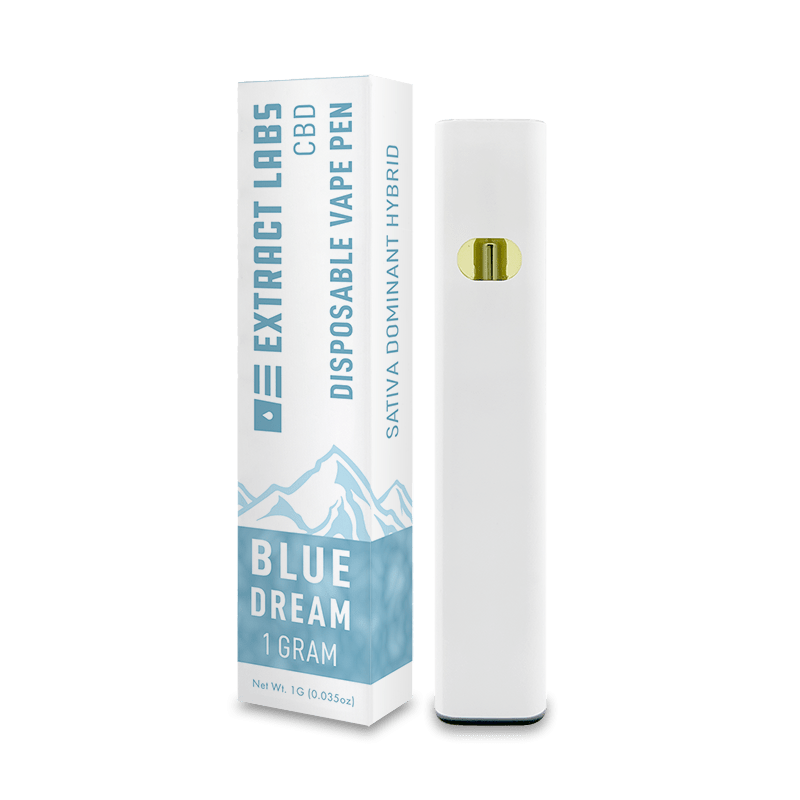Bringing a baby home is huge. Along with the sweet moments, many new parents ride a very real wave of changing emotions, sleep debt, and shifting routines. If you’re feeling wobbly or “not quite yourself,” you’re not alone — and there are gentle ways to steady the day.
Safety first: If you’re pregnant or currently feeding your baby, the FDA advises against using CBD. Talk with your clinician before considering any hemp products. If you’re not feeding and you’re exploring options, read on for a calm, practical overview.

How you might be feeling (totally normal, but tough)
- Mornings that start too fast, nerves on edge
- Midday overwhelm from noise, tasks, and “decision fatigue”
- Evenings where your body is tired but the mind won’t power down
- Bigger-than-usual feelings, tearfulness, or a sense of heaviness
- Sleep patterns that don’t match your baby’s (or anyone’s)
These are common in the fourth trimester — the reset period after delivery when routines, emotions, and energy are in flux.
Your “Steadying Stack” (CBD-free basics that help everyone)
- Light & breath: morning light on your eyes + three slow breaths
- Simple nutrition: small, frequent meals; keep water within reach
- Micro-movement: 5–10 minutes of walking, stretching, or gentle dancing
- Tiny breaks: 90-second reset (box breathing), one quiet cup of tea
- Sleep cues: dim lights, warm rinse, phone down before bed
Layer these first. They’re safe, accessible, and often move the needle more than you expect.
Where CBD may fit (for those not pregnant and not feeding)
CBD won’t rewrite biology, but some parents use it as a small lever inside these routines:
- Smoother start: a modest tincture serving with breakfast for a gentler ramp-up
- Midday pause: a tiny “top-up” when the day feels loud; pair with water + breath
- Wind-down cue: 45–60 minutes before bed as part of a repeatable evening ritual
Keep it simple: start low, go slow, log how you feel, and stick with one product at a time for a week before changing anything.

If you’re feeding your baby, choose CBD-free rituals
- Warm shower + comfy layers
- Herbal tea without hemp (e.g., chamomile)
- Three pages of “brain dump” journaling
- Soft stretches or a short guided breathing track
- Ask your clinician about non-hemp options that fit your situation
Featured Formula
Daily Support
Restore balance and add CBD to your wellness routine with our Daily Support line.
-
-
 Quick ViewSelect options
Quick ViewSelect options
Choosing a product you can trust (if you proceed)
- Full spectrum / Broad spectrum / Isolate — any can fit a routine; pick your preference
- Third-party lab tested every batch (potency & purity)
- Clean formula — avoid heavy fragrances or odd fillers
- Clear labeling — serving size, total cannabinoids, carrier oil
Quick reference: tiny routines you can actually keep
- Morning: sunlight + water + small bite → (optional CBD if not feeding)
- Midday: tall water + 90-second breath reset → then decide the next task
- Evening: dim lights + warm rinse + journal line → (optional CBD if not feeding) → lights out
Small, repeatable steps beat big, unsustainable plans.
When to reach out
If your feelings are intense, persistent, or you’re worried about your safety, contact your clinician right away. Support is care, not failure.
FDA note & disclaimer: If you are pregnant or feeding your baby, the FDA advises against using CBD. CBD can interact with medications. Always consult a healthcare professional before use. These products are not intended to diagnose, treat, cure, or prevent any disease. This content is educational and not a substitute for medical advice.
CBD Guides | Best CBD for Moms
Best CBD for Moms: Show Appreciation this Mother’s Day with Soothing CBD Gifts
Works Cited
1. Ayisire, Oghenetega E., et al. “The Use of Cannabis and Its Effects on Postpartum Depression.” PubMed, 12 August 2022, https://pubmed.ncbi.nlm.nih.gov/36120218/. Accessed 7 March 2023.
2. Blessings, Esther M., et al. “Cannabidiol as a Potential Treatment for Anxiety Disorders.” NCBI, 2015, https://www.ncbi.nlm.nih.gov/pmc/articles/PMC4604171/. Accessed 9 March 2023.
3. Cheng, David, et al. “Chronic cannabidiol treatment improves social and object recognition in double transgenic APPswe/PS1∆E9 mice.” PubMed, 2014, https://pubmed.ncbi.nlm.nih.gov/24577515/. Accessed 9 March 2023.
4. Fernandez-Ruix, Javier, et al. “Cannabidiol for neurodegenerative disorders: important new clinical applications for this phytocannabinoid?” PubMed, 2013, https://pubmed.ncbi.nlm.nih.gov/22625422/. Accessed 9 March 2023.
5. Sales, Amanda J., et al. “Cannabidiol Induces Rapid and Sustained Antidepressant-Like Effects Through Increased BDNF Signaling and Synaptogenesis in the Prefrontal Cortex.” PubMed, 2019, https://pubmed.ncbi.nlm.nih.gov/29869197/. Accessed 9 March 2023.
6. Shannon, Scott, et al. “Cannabidiol in Anxiety and Sleep: A Large Case Series.” PubMed, 2019, https://pubmed.ncbi.nlm.nih.gov/30624194/. Accessed 9 March 2023.
7. Whiting, Penny F., et al. “Cannabinoids for Medical Use: A Systematic Review and Meta-analysis.” PubMed, 2015, https://pubmed.ncbi.nlm.nih.gov/26103030/. Accessed 7 March 2023.
8. Zuardi, Antonio W., et al. “A critical review of the antipsychotic effects of cannabidiol: 30 years of a translational investigation.” PubMed, 2012, https://pubmed.ncbi.nlm.nih.gov/22716160/. Accessed 7 March 2023.







